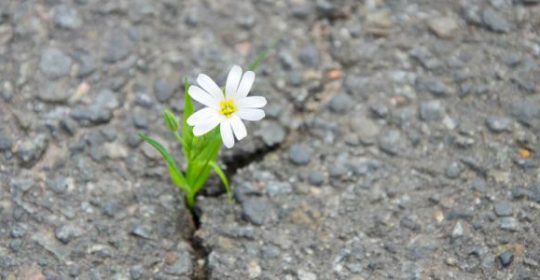
Fostering Student Resilience
Originally published in the FSA Voice (April 2016 edition).
Nature versus Nurture?
Just how innate are qualities like grit and determination? This question has practical implications as we think through how to enhance our students’ success. Since I arrived at BCIT late last Fall to work on an academic support plan for the Institute’s multilingual students, both international and domestic, many constituents have shared with me their insights into supporting students through the “bootcamp”. In many of those conversations, I’ve found that the discussion ends up in some way coming around to student resilience, with many faculty describing it as a worthy goal that supports learners without diluting the educational and professional value of programs.
Resiliency or Resilience?
While in common parlance, resiliency and resilience have the same meaning, in research circles the term ‘resiliency’ is generally used to describe internal characteristics while ‘resilience’ refers to the engaging of people in processes that allow them to overcome adversity. That is, the focus of resilience is the changing of an environment to promote capacity, not just describe inherent traits.
Resilience initiatives in higher education
In thinking through what this might mean at BCIT, it is worth taking a peek at what other post-secondary institutions are doing. Locally, for example, SFU offers a free course for their students called ‘Bouncing Back as a Graduate Student: Building Resilience and Supporting Your Well-Being’. Extensive work has been done in the US, with Harvard leading a Resilience Consortium comprised of the faculty, learning services and counseling services of top American universities, the focus of which is to understand and promote student resilience. Stanford, for instance, has developed the Resilience Project, which since 2011 has been involved in:
- Producing a ‘Raise your hand’ video, in which students talk about being too nervous to ask questions
in class. - Creating ‘The Worst Grade’ video, where students and faculty hold up signs with the lowest grade
they’ve ever received. - Celebrating students’ epic fails at their annual ‘Stanford, I screwed up’ event.
- Compiling video interviews online of successful faculty and alumni about their failures.
In brief, as they describe it, the project encourages learning about learning, seeking advice, getting perspective, and connecting with community. And what relevance might such initiatives have at BCIT? After all, as a polytechnic we are a different kind of institution with a student profile that varies from that of the universities. I describe the Stanford project not just to share their creative ideas but to demonstrate that addressing student resilience need not be associated with weak students, poor quality, or insufficient rigor. If highly selective institutions find that focusing on student resilience can play a significant part in helping their students to thrive, why shouldn’t we also address it here?
Why Now?
In thinking back to our own student days, we may wonder what is so different now that has spurred educational institutions to concern themselves with resilience. But we need to acknowledge that the post-secondary landscape, the labor market, and indeed the world at large, has changed greatly. For as an increasing percentage of the population has need for and access to post-secondary education, we are seeing a greater diversity of student profiles, which provides us with an exciting opportunity, but one that deserves some real thought.
Looking Ahead
So how might we create conditions that help our students to thrive, both while at BCIT and over the long term? According to resilience researcher, Dr. Michael Ungar, part of shifting the culture of a school involves working collaboratively to find tangible ways of helping our students navigate through programs, negotiate with stakeholders, and develop a sense of belonging. While what this looks like varies, Ungar finds that when a student has one consistent contact at an institution, he or she is more likely to be connected and thus successful. Finally, for faculty interested in exploring student resilience with colleagues over a coffee, these three guiding questions from the Resilience Consortium are a good jumping off point.
- What are the habits, attitudes, and skills associated with resilience in the college/university
[polytechnic] setting? - To what extent can resilience be learned in young adulthood? What pedagogies and learning contexts
influence student conceptions of success, failure, and risk, and promote or inhibit the development
of resilience? - What is the long term impact for young people in their academic and professional endeavors, when
they are provided with opportunities to develop their capacities for resilience during their college/
university years?

